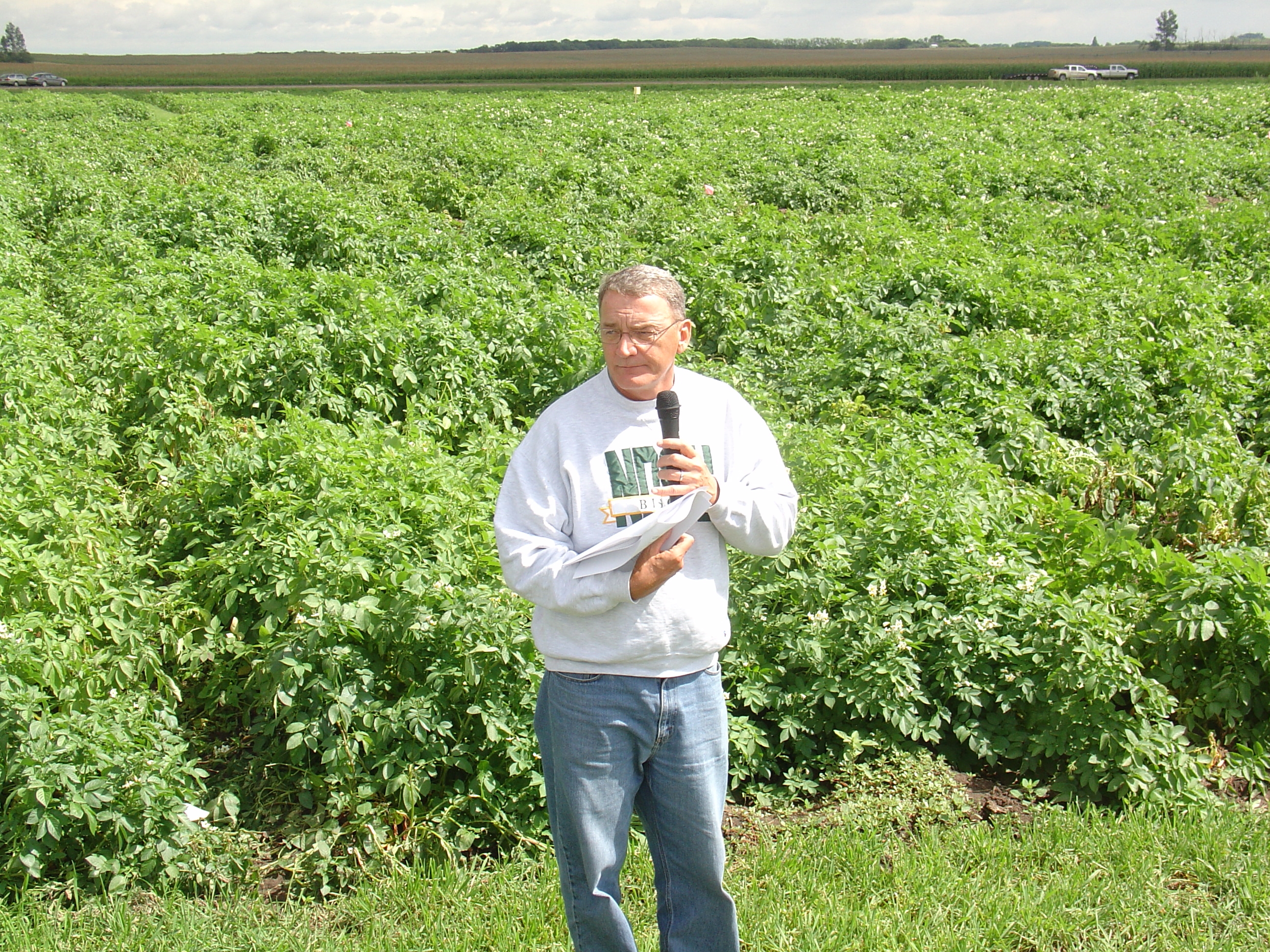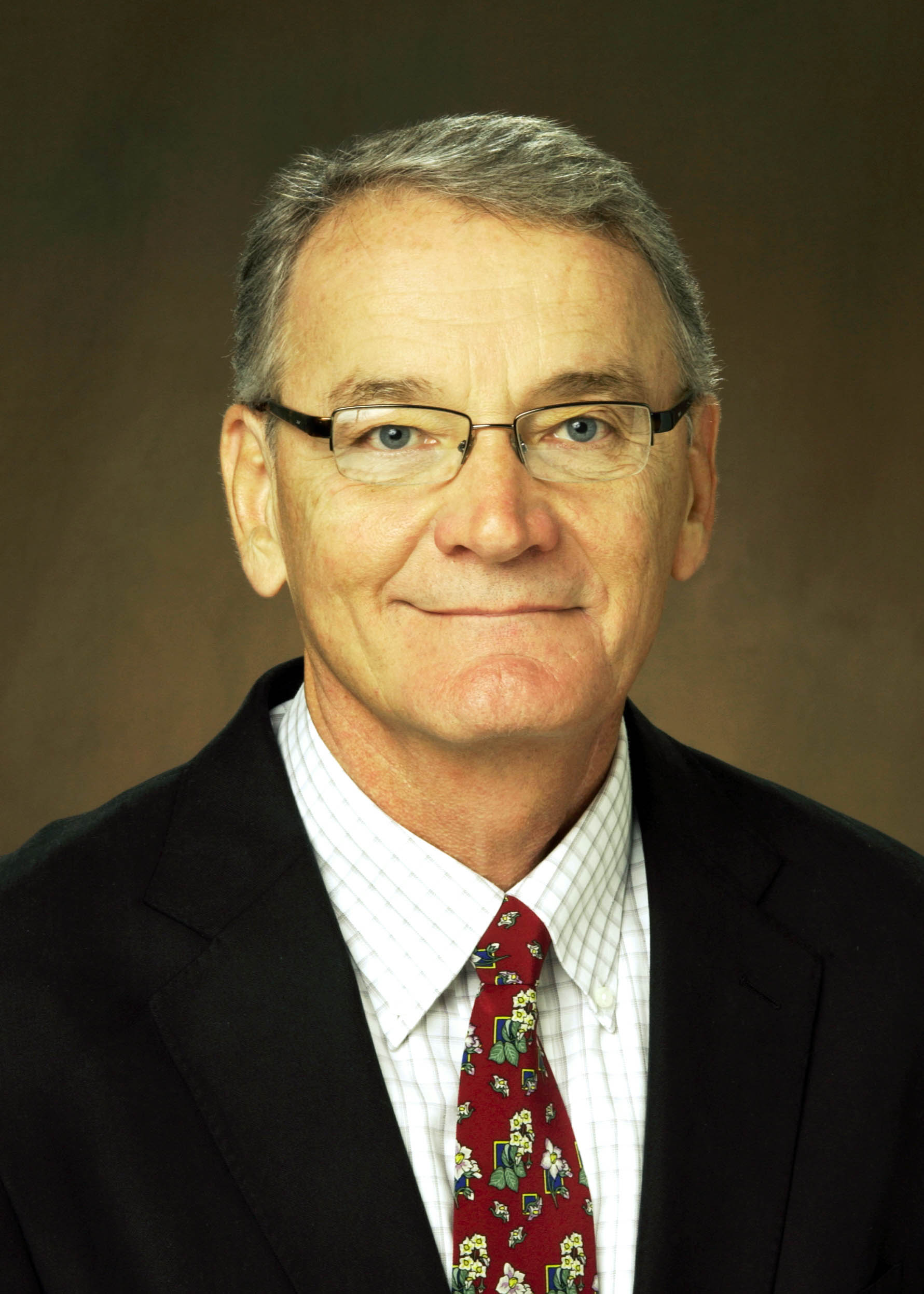Throughout 2021, as part of Potato Grower’s celebration of our 50th year in publication, we will be honoring in our pages and on our website 50 of the potato industry’s most innovative and influential individuals, companies and organizations over the past half-century. This “50 for 50” series will include researchers, salesmen, packers, processors and, of course, plenty of potato growers. A lot of them will be names you’ve heard before. To some, you’ll get a fresh introduction. Regardless, each has had an outsize impact on the U.S. potato industry, and each deserves our thanks and recognition. To view the full roster of “50 for 50” honorees, click here.
This article appears in the October 2021 issue of Potato Grower.

Plants get sick, just like people do. And they can get better, too, just like people.
That realization hit Neil Gudmestad when he was an undergraduate at Valley City State University in North Dakota in the early 1970s. He’s been intrigued by that premise ever since, and the potato industry is undoubtedly better for it.
Gudmestad grew up on a small grain and dairy farm in southeastern North Dakota, where he developed a love and appreciation for agriculture even while he trudged the hundred or so yards from the house to the dairy barn on bitter winter mornings. After high school, he earned his bachelor’s degree in biology from Valley City State, then attended North Dakota State University to get master’s and doctorate degrees.
In the decades since earning those degrees, Gudmestad has proven to be one of the most influential potato pathologists in the world. In his research roles with NDSU and the North Dakota State Seed Department, he has been instrumental in helping the potato industry get a grasp on previously mysterious pathogens and how to minimize their negative effects on crops. Among the most notable of the advances attached to Gudmestad’s name are:
- Initiation of one of the first tissue culture, limited-generation clean seed stock programs in the world while with the North Dakota State Seed Department;
- Development in 2009 of the PCR method still in use to quantify the bacterial ring rot pathogen;
- Creation of methods to detect and quantify soil-borne potato mop-top virus via droplet digital PCR
- Detection of fungicide resistance mutations in the early blight fungus
- Improvement of soil fumigation practices using metam sodium to control Verticillium wilt; and
- Dozens more research projects aimed at helping growers mitigate the effects of such diseases as tobacco rattle virus, black dot, zebra chip and PVY.
“Potato is attacked by approximately 150 pathogens, more than 40 of which are economically important globally,” Gudmestad says. “During the course of my career, I have worked on 23 of these pathogens because they were important to a number of the potato growers that I work closely with in several states. As near as I can tell, there has never been another potato pathologist, past or present, that has worked on this many potato pathogens or made significant contributions on understanding and managing the diseases these pathogens cause. I’m very proud of that, and thankful for the opportunity to have done that work.”
